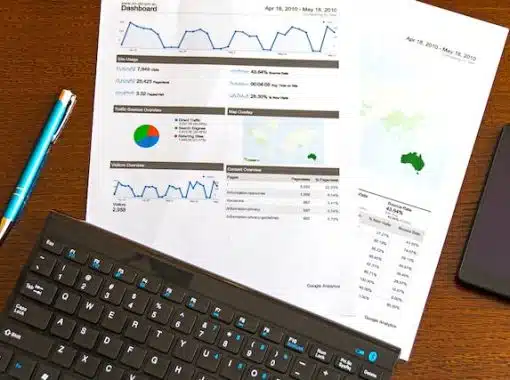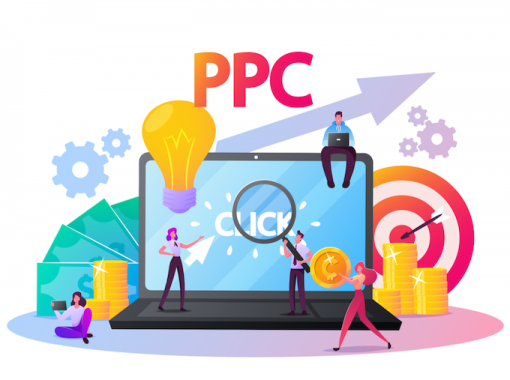
When it comes to running a successful business, one of the most important things to track is your sales ROI. Sales ROI measures how effectively you’re using your sales resources to generate revenue, and it’s an important metric for improving your sales efforts.
But what exactly is sales ROI, and how can you think about it in a way that’s beneficial for your business? In this article, we’ll explore three key perspectives on sales ROI that will give you a better understanding of this important metric and help you take your sales to the next level.
Table of Contents
- To Measure Efficiency
- A Tool for Resource Allocation
- A Driver of Growth
To Measure Efficiency
At its core, sales ROI compares the revenue from your sales efforts to what was spent to generate that revenue. Essentially, it’s a measure of how well your sales resources are being used to produce revenue.
When you think about sales ROI in this way, you can gain valuable insights into your sales strategies. For example, if your sales ROI is low, it could show that your sales resources aren’t being used effectively, and it may be time to reevaluate your sales strategies. A high sales ROI could mean your sales efforts are working well, and you need to assign more resources to these areas.
But sales ROI shouldn’t be considered alone if you want to fully understand sales performance. If your sales ROI is high, but the number of sales is low, this could mean that your sales and marketing efforts are generating high-quality leads that are more likely to convert. But if your sales ROI is low and the number of sales is high, your efforts are generating a lot of leads, but they are low quality.
By using your sales ROI to determine how well your sales resources are creating revenue, you can make better decisions about how to optimize your sales strategies.
A Tool for Resource Allocation
When you understand which sales efforts are generating the highest ROI, you can allocate your resources in a way that maximizes your business’s ability to generate revenue.
One way to use sales ROI for resource allocation is to identify which sales channels are performing best. For example, if online sales are generating a higher ROI than in-person sales, it would be smart to add more resources to your online sales efforts.
Another way to use sales ROI to allocate resources is to identify which activities generate the highest ROI. If your email marketing campaigns generate a higher ROI than your cold-calling efforts, assign more resources to email marketing to increase revenue.
When you use sales ROI as a tool for resource allocation, you can make sales channels and activities with the highest ROI a priority and maximize your sales potential.
A Driver of Growth
This concept builds on the last one. By prioritizing the sales activities and channels that generate the most revenue, you can create a virtuous cycle of growth that drives your business forward.
One way to use sales ROI is to focus on generating high-quality leads. Generating high-quality leads that are easier to convert will naturally increase ROI and drive growth. By using data and analytics to identify the characteristics of your highest converting leads, you can optimize your sales efforts to focus on these types of leads.
Another way you can use sales ROI is to identify the sales channels and activities with the highest growth potential. For example, if your social media sales are generating a high ROI, but you haven’t fully optimized your social media strategy, you may leave potential revenue on the table and slow down your business’s ability to grow.
When you think about sales ROI as a driver of growth, you can use this metric to optimize your sales efforts to fuel long-term growth for your business.
Conclusion
In conclusion, thinking about sales ROI in new ways can provide valuable insights into how well your sales strategies are working and help you optimize your resources to drive growth for your business. You can do this by looking at sales ROI from three angles: a way to measure efficiency, a tool to help allocate resources, and a driver of growth.
As you evaluate your sales ROI, keep in mind that this metric is just one piece of the puzzle. It’s important to consider other metrics, such as the number of leads generated, the conversion rate, and customer lifetime value, to gain a complete understanding of your sales performance. Take some time to consider your sales ROI along with these other metrics and use them to fuel your sales strategy and drive success for your business.












